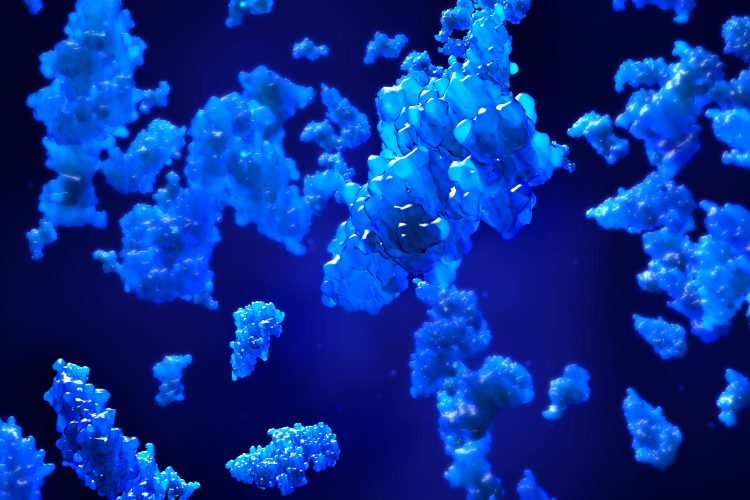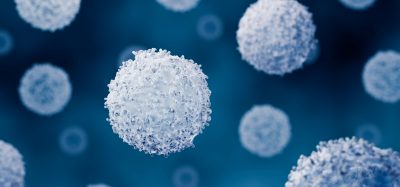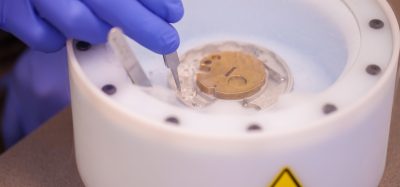Nano-sized traps enable better study of proteins
Posted: 21 November 2023 | Drug Target Review | No comments yet
Researchers have developed a new method to study protein clumps that occur in many difficult-to-treat diseases.


Scientists at Chalmers University of Technology in Sweden have found a novel method for capturing proteins in nano-sized traps, enabling them to study proteins in a way that has not been possible before.
In many diseases that are challenging to treat, such as Alzheimer’s disease and Parkinson’s disease, proteins form clumps. A greater understanding of how the clumps form may lead to effective ways to dissolve them at an early stage or prevent them from forming altogether. There are currently some techniques for studying the later stages of the process, when clumps are large and have formed chains, but it has been difficult to follow the early development when they are very small.
Dr Andreas Dahlin, Professor at Chalmers University of Technology and leader of the project said: “We believe that our method has great potential to increase the understanding of early and dangerous processes in a number of different diseases and eventually lead to knowledge about how drugs counteract them.”
The researchers describe their new method as the world’s smallest gates. These gates can be opened and closed at the touch of a button and become traps, locking the proteins inside chambers at the nanoscale. The proteins cannot escape so this extends the time they can be observed at from one millisecond to at least one hour. These gates also enable several hundred proteins to be enclosed in a small volume.
Dr Dahlin explained: “The clumps that we want to see and understand better consist of hundreds of proteins, so if we are to study them, we need to be able to trap such large quantities. The high concentration in the small volume means that the proteins naturally bump into each other, which is a major advantage of our new method.”
Further development is needed so the technique can be used to study the course of specific diseases. Dahlin said: “The traps need to be adapted to attract the proteins that are linked to the particular disease you are interested in. What we’re working on now is planning which proteins are most suitable to study.”
The gates have polymer brushes located at the mouth of nano-sized chambers. The proteins are contained in a liquid solution that are attracted to the chamber walls after special chemical treatment. As the gates close, the proteins are freed from the walls and begin to move to each other.
The traps enable scientists to study individual protein clumps which provides much more information compared to studying multiple clumps at the same time, as clumps can be formed by different mechanisms, and have different sizes and structures.
Proteins can be kept in the traps for almost any length of time theoretically. However, currently the time is limited by how long the chemical marker, which they must be given to be visible, remains. At present, the team managed to keep visibility for an hour.
This study was published in Nature Communications.
Related topics
Drug Discovery, Protein
Related conditions
Alzheimer's disease (AD), Parkinson's disease (PD)
Related organisations
Chalmers University of Technology
Related people
Dr Andreas Dahlin (Chalmers University of Technology)








